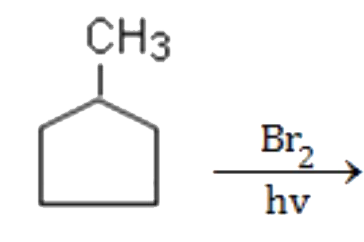In dénydrohalogenation of tert-pentyl bromide using alc. KOH, major product obtained is
2-Methylbut-1-ene
2-Methylbut-2-ene
Pen! 1-ene
Pent-2 ene
The correct Answer is:B
To determine the major product obtained from the dehydrohalogenation of tert-pentyl bromide using alcoholic KOH, we can follow these steps:
1. Identify the Structure of tert-Pentyl Bromide:
- tert-Pentyl bromide has the structure of a tertiary alkyl halide. The molecular formula is C5H11Br.
- The structure can be represented as:
CH3|CH3−C−CH2−CH3|Br
2. Understand the Reaction Conditions:
- The reaction is conducted using alcoholic KOH, which acts as a strong base.
- This will favor an elimination reaction (E2 mechanism) rather than substitution.
3. Identify the Mechanism:
- In the E2 mechanism, a hydrogen atom is removed from a β-carbon (the carbon adjacent to the carbon bearing the leaving group, Br in this case) along with the leaving group (Br).
- The elimination leads to the formation of a double bond.
4. Locate the β-Hydrogens:
- In the structure of tert-pentyl bromide, the β-carbons are the ones adjacent to the carbon attached to the bromine.
- The β-carbons are the ones that have hydrogen atoms that can be eliminated.
5. Determine the Possible Products:
- If we remove a β-hydrogen from the β-carbon that is attached to two other carbons (the one in the middle), we will form the more substituted alkene.
- The possible elimination can occur from either of the β-carbons, but we will focus on the one that leads to the more stable (more substituted) alkene.
6. Formation of the Major Product:
- By removing a β-hydrogen from the carbon adjacent to the tertiary carbon (the one with Br), we will form 2-methylbutene.
- The structure of the major product (2-methylbutene) can be represented as:
CH3|CH2=C−CH2−CH3|CH3
7. Conclusion:
- The major product obtained from the dehydrohalogenation of tert-pentyl bromide using alcoholic KOH is 2-methylbutene.
Final Answer:
The major product is 2-methylbutene.
- tert-Pentyl bromide has the structure of a tertiary alkyl halide. The molecular formula is C5H11Br.
- The structure can be represented as:
CH3|CH3−C−CH2−CH3|Br
- The reaction is conducted using alcoholic KOH, which acts as a strong base.
- This will favor an elimination reaction (E2 mechanism) rather than substitution.
- In the E2 mechanism, a hydrogen atom is removed from a β-carbon (the carbon adjacent to the carbon bearing the leaving group, Br in this case) along with the leaving group (Br).
- The elimination leads to the formation of a double bond.
- In the structure of tert-pentyl bromide, the β-carbons are the ones adjacent to the carbon attached to the bromine.
- The β-carbons are the ones that have hydrogen atoms that can be eliminated.
- If we remove a β-hydrogen from the β-carbon that is attached to two other carbons (the one in the middle), we will form the more substituted alkene.
- The possible elimination can occur from either of the β-carbons, but we will focus on the one that leads to the more stable (more substituted) alkene.
- By removing a β-hydrogen from the carbon adjacent to the tertiary carbon (the one with Br), we will form 2-methylbutene.
- The structure of the major product (2-methylbutene) can be represented as:
CH3|CH2=C−CH2−CH3|CH3
- The major product obtained from the dehydrohalogenation of tert-pentyl bromide using alcoholic KOH is 2-methylbutene.
The major product is 2-methylbutene.
Topper's Solved these Questions
Similar Questions
Knowledge Check
 . The major product obtained is A
. The major product obtained is A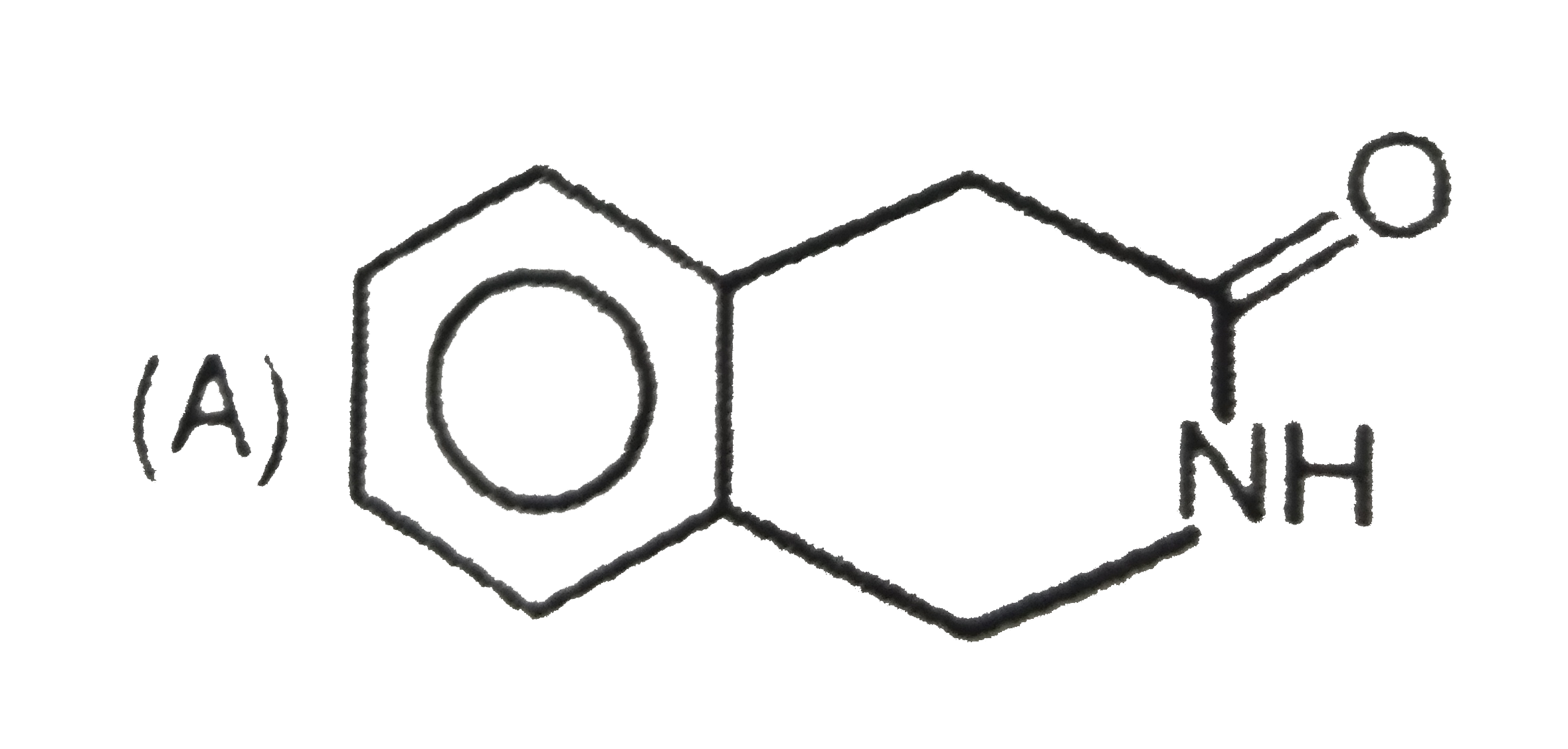 B
B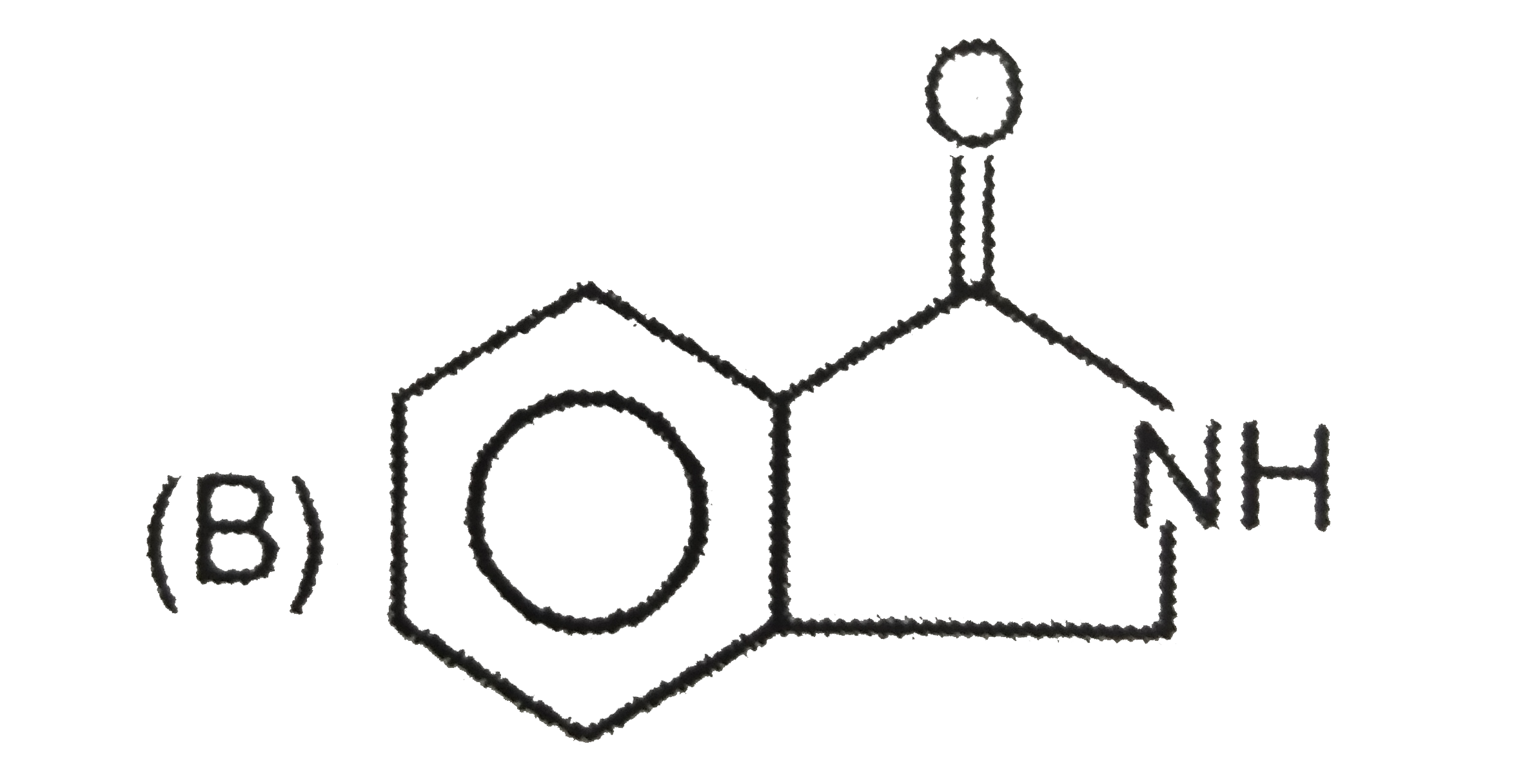 C
C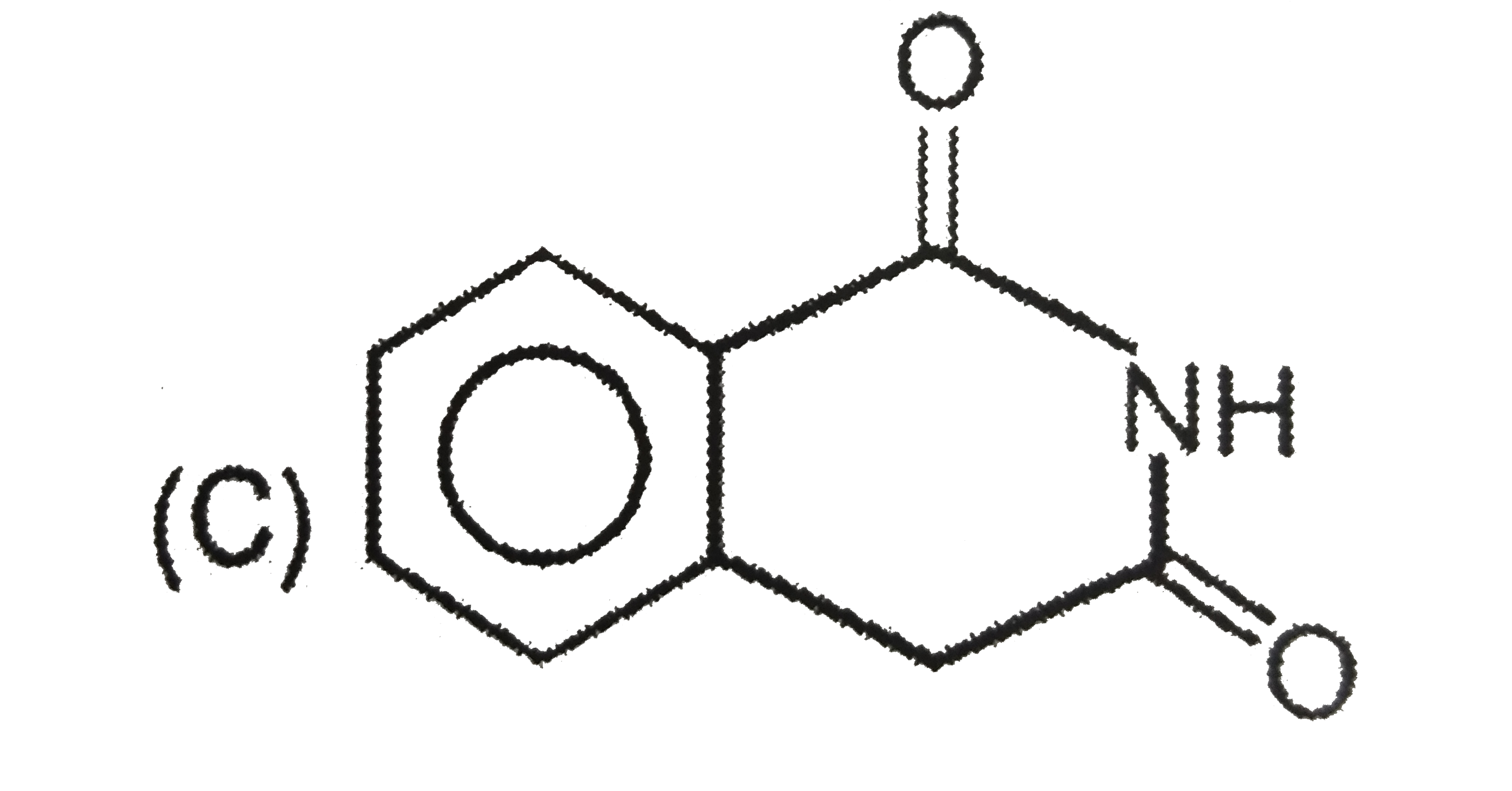 D
D
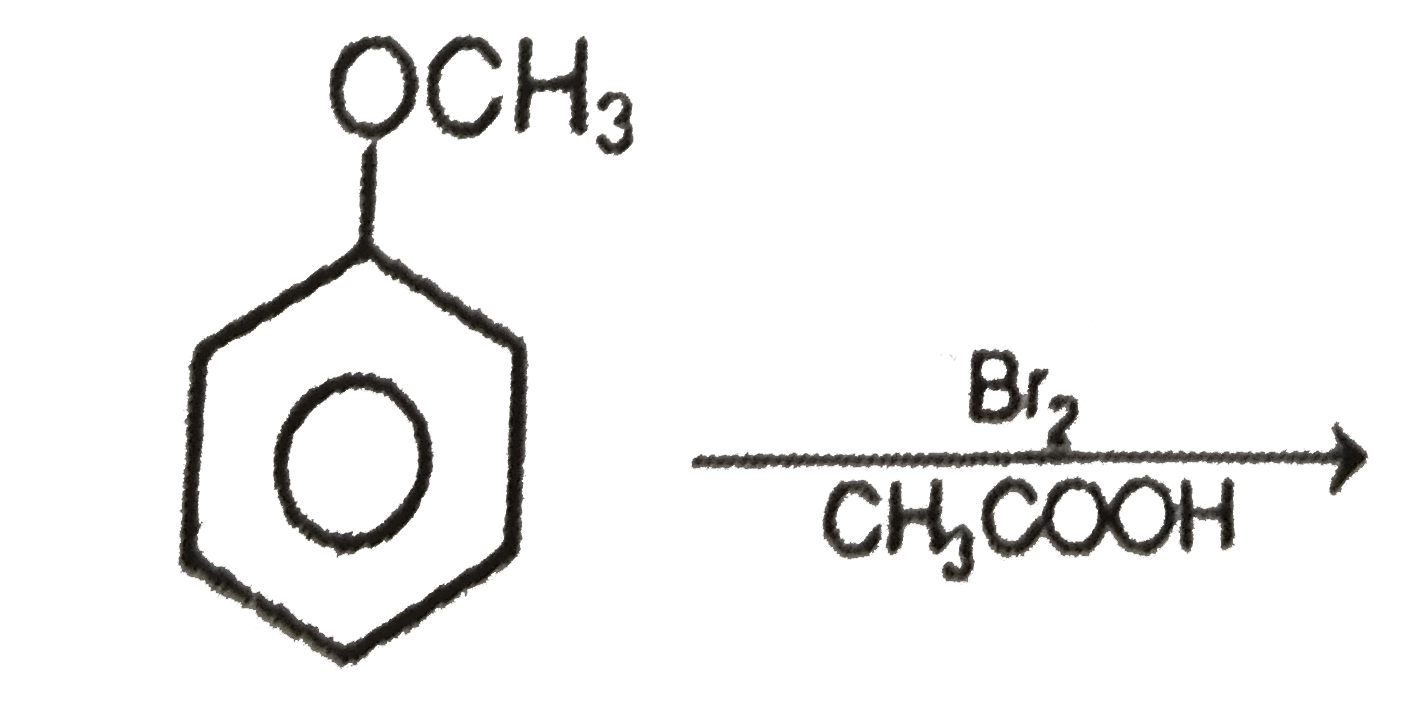 product. The major product obtained is A
product. The major product obtained is A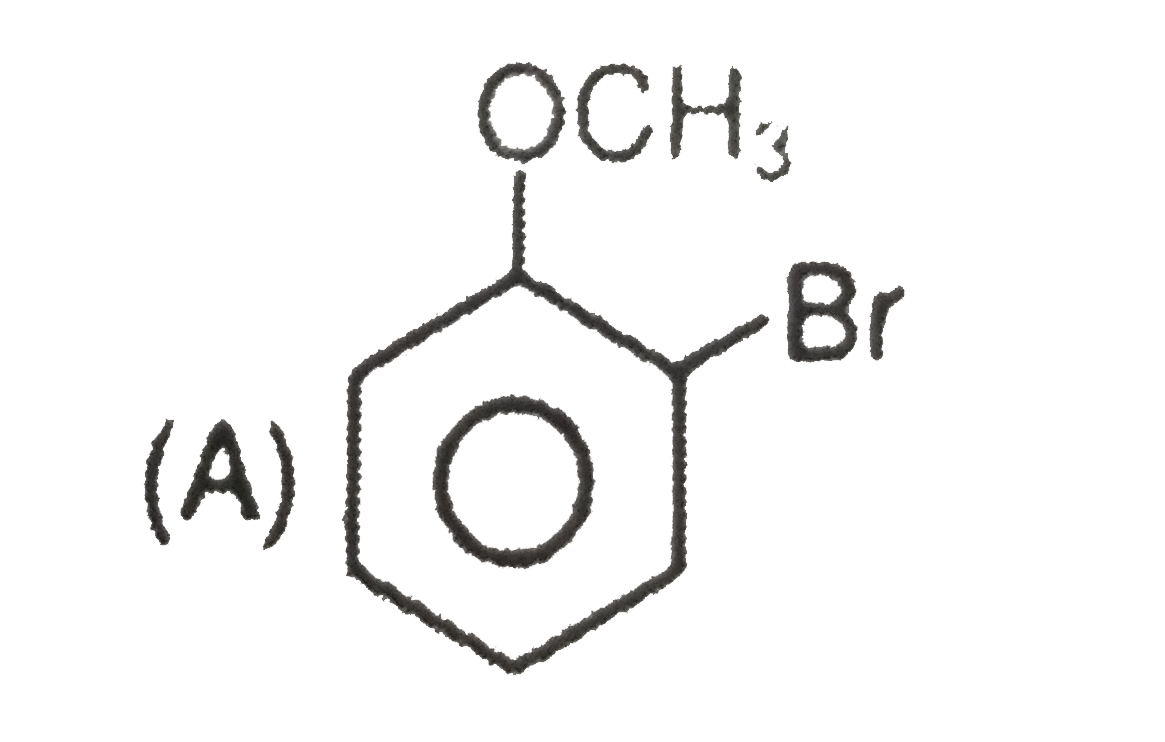 B
B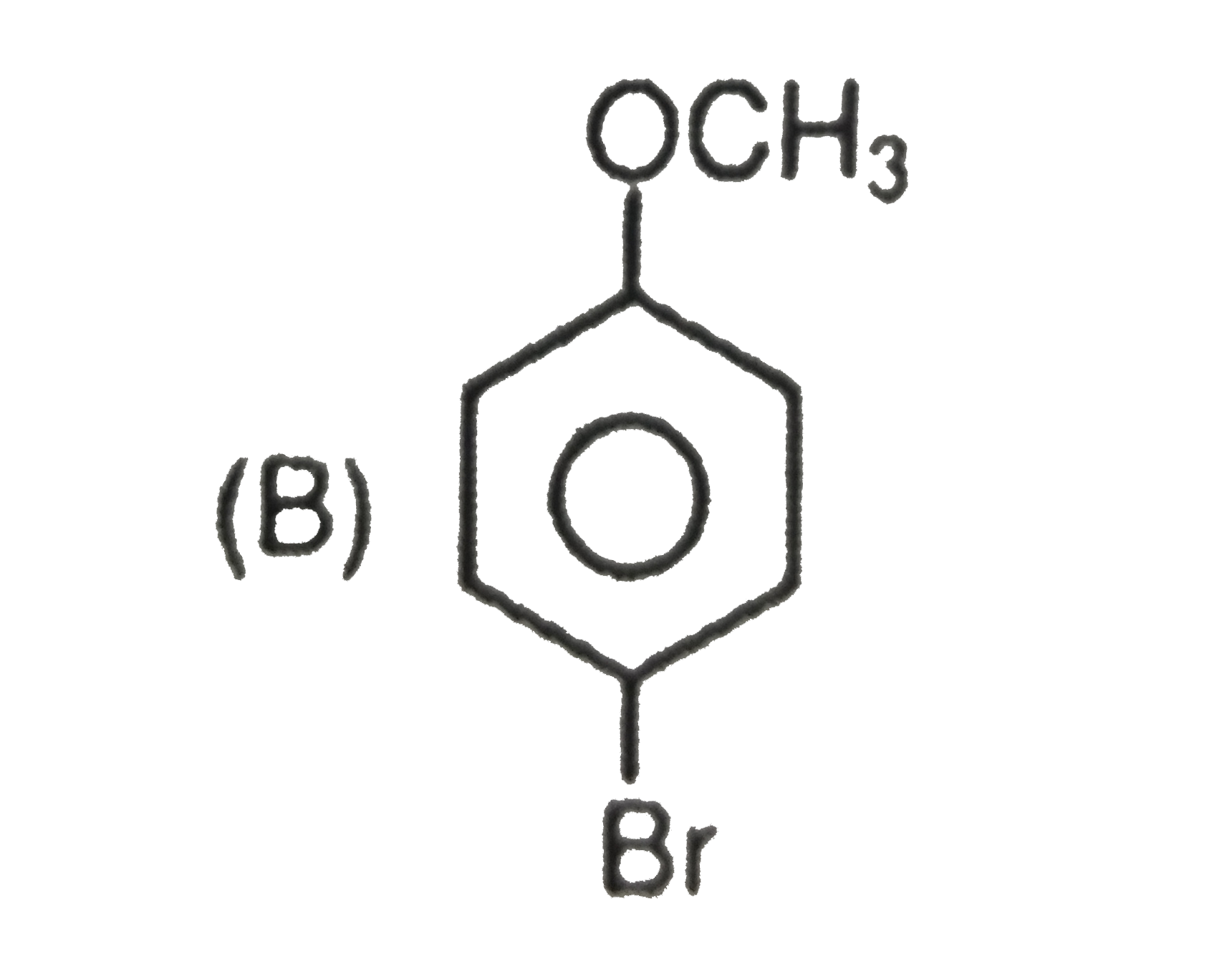 C
C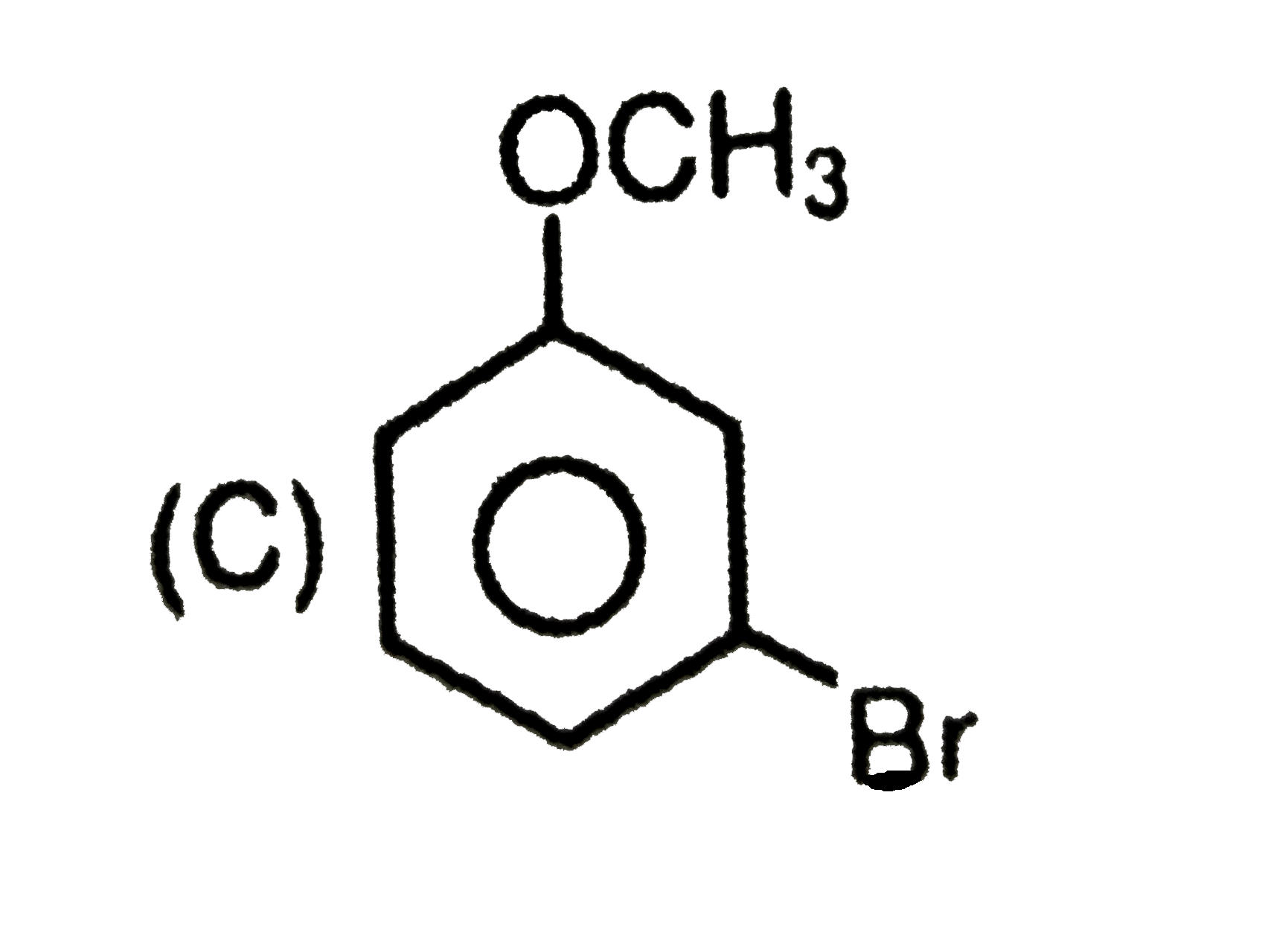 D
D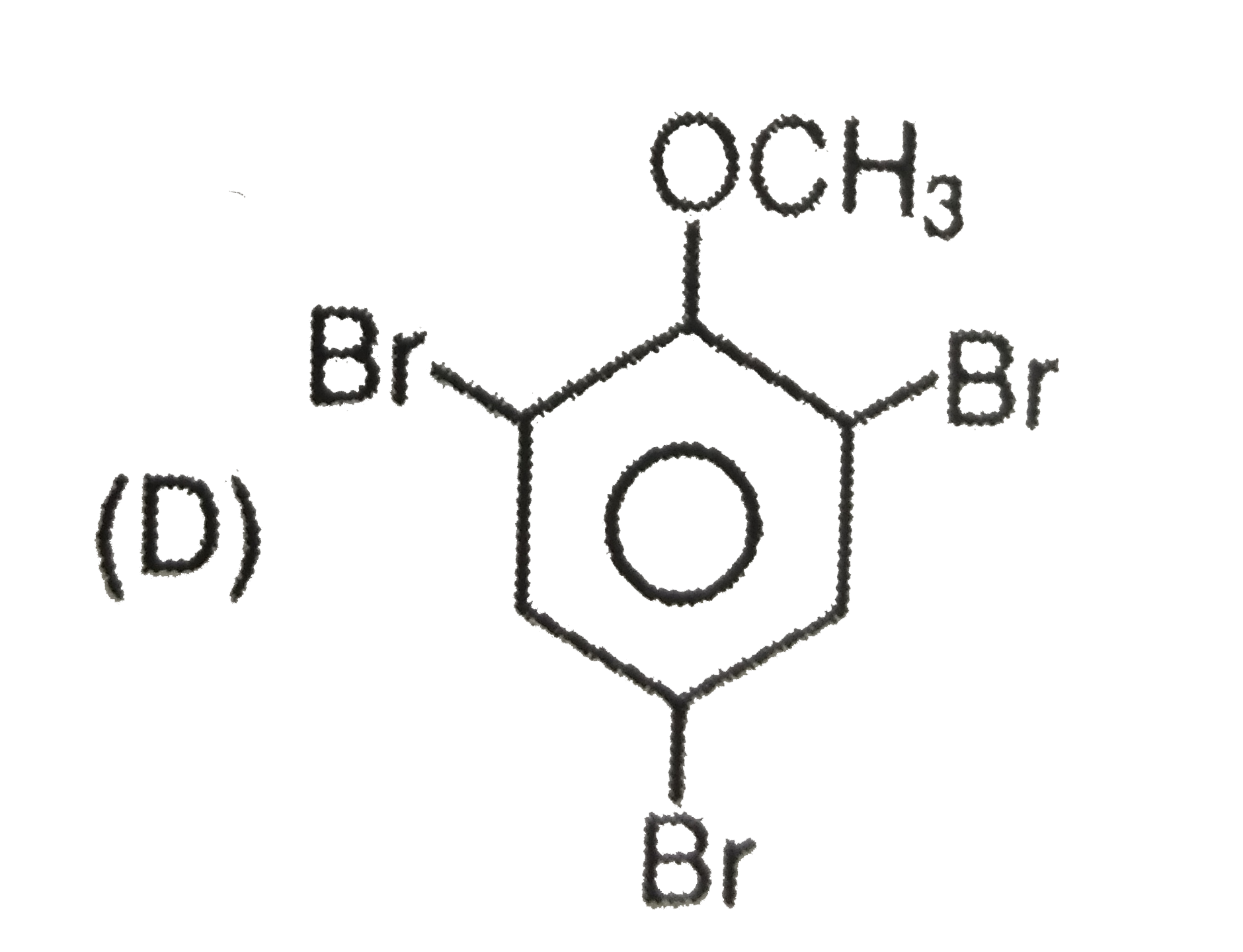
In the reaction
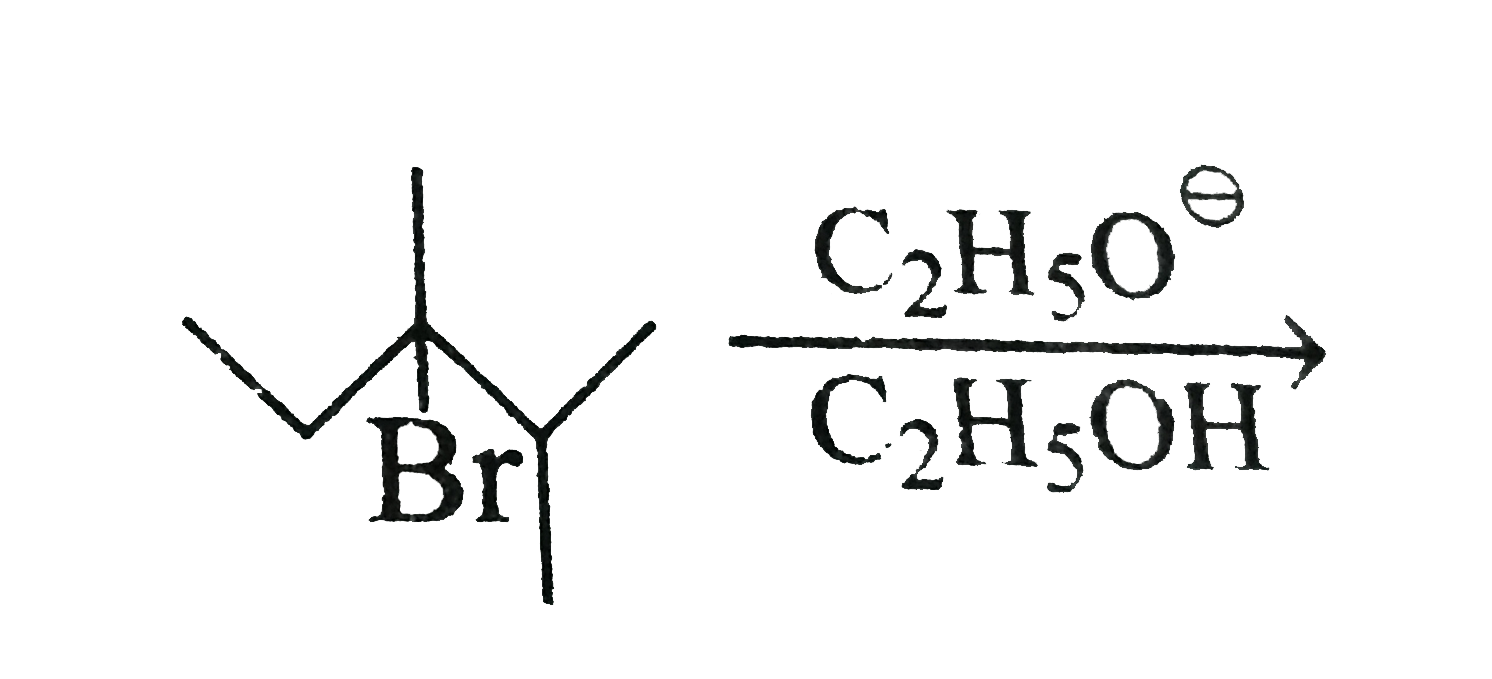
The major product obtained is:A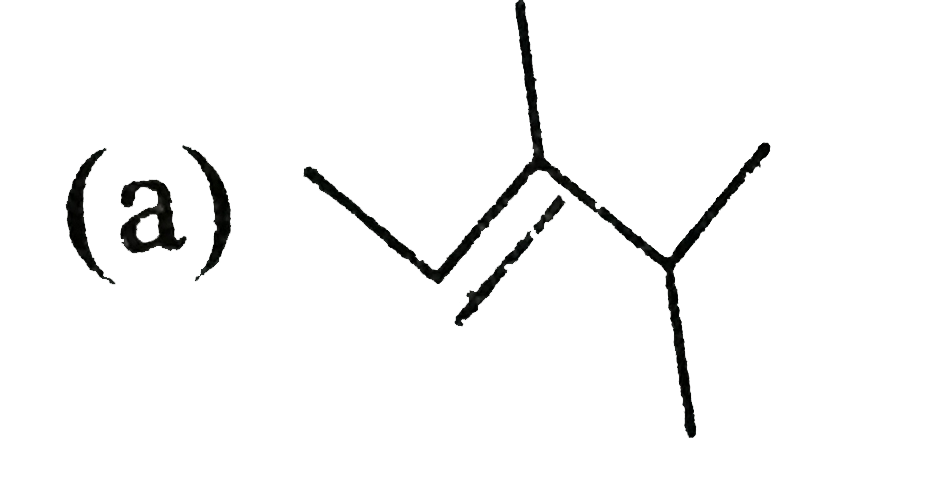 B
B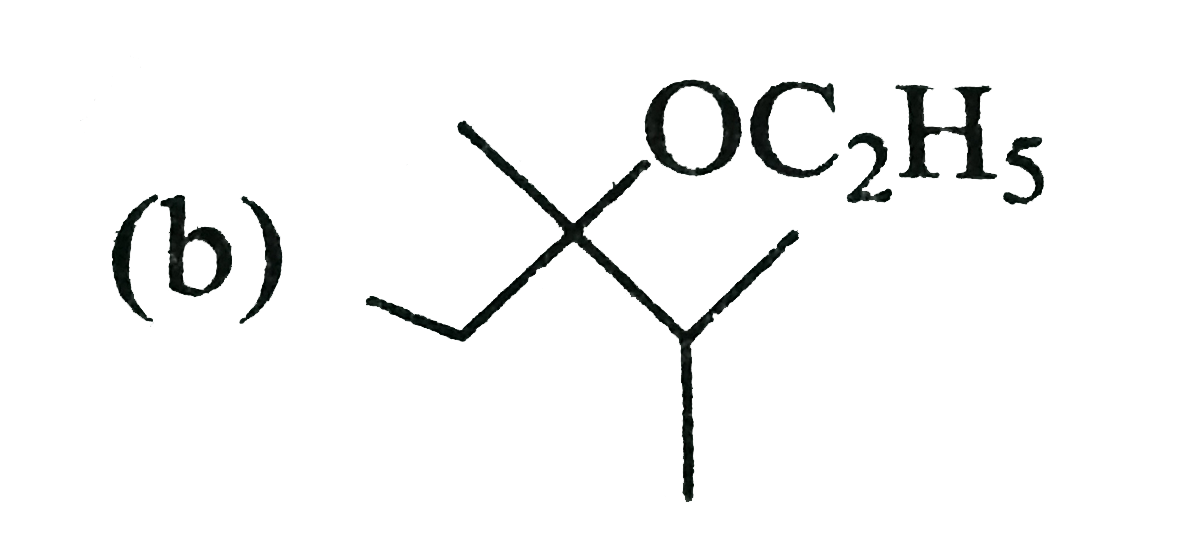 C
C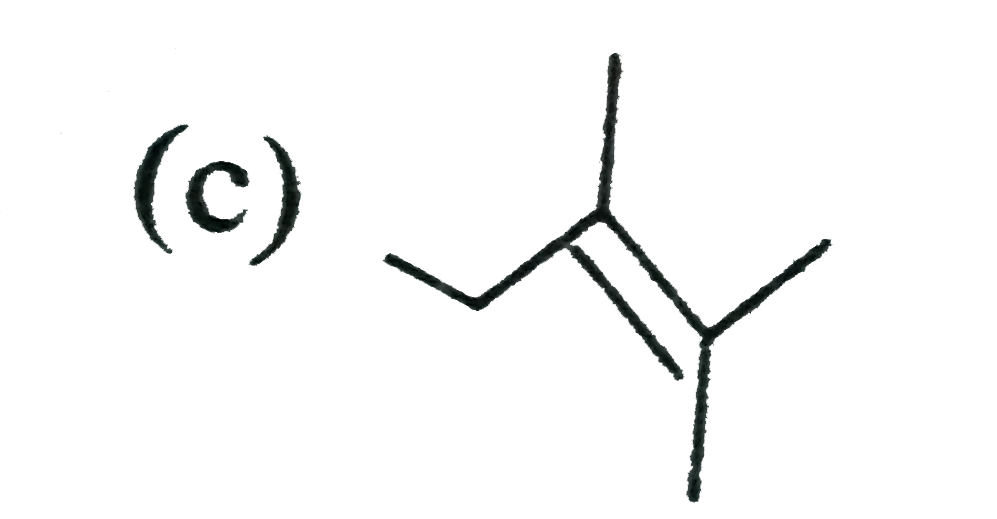 D
D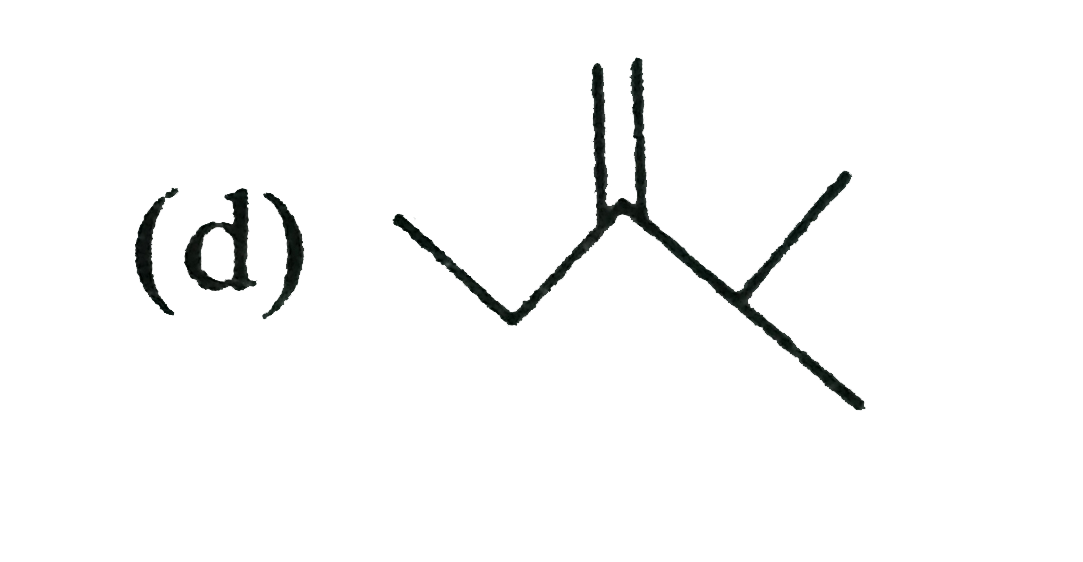
Reaction of t-butyl bromide with alcoholic KOH products
View SolutionIn the following reaction
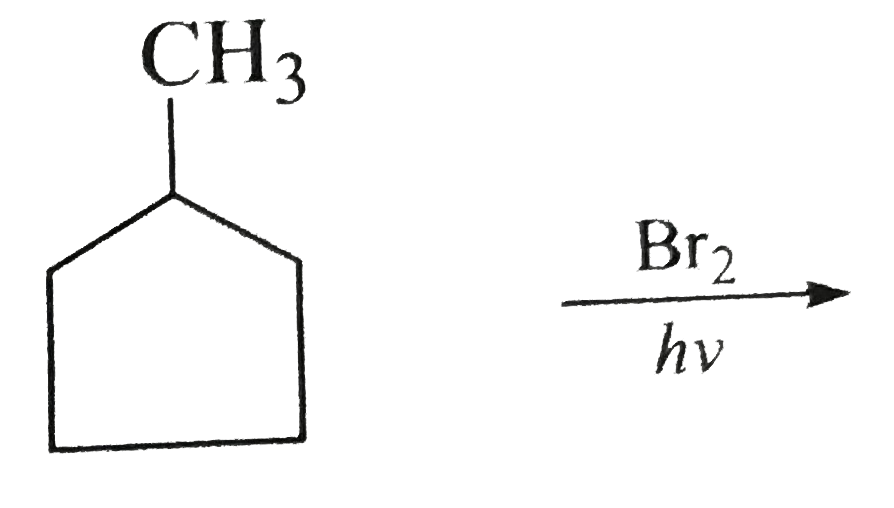
The major product obtained is :
View SolutionAmine is obtained as major product in
View Solution
Alc.KOH−−−−−→ Major product is -
View SolutionAssertion: In the reaction of tert-butyl bromide with aq. KOH, rate becomes double by increasing the concentration of both aq. KOH and tert-butyl bromide
Reason: Rate of reaction is, rate = kſtert butyl bromide) [OH−].
View Solution

